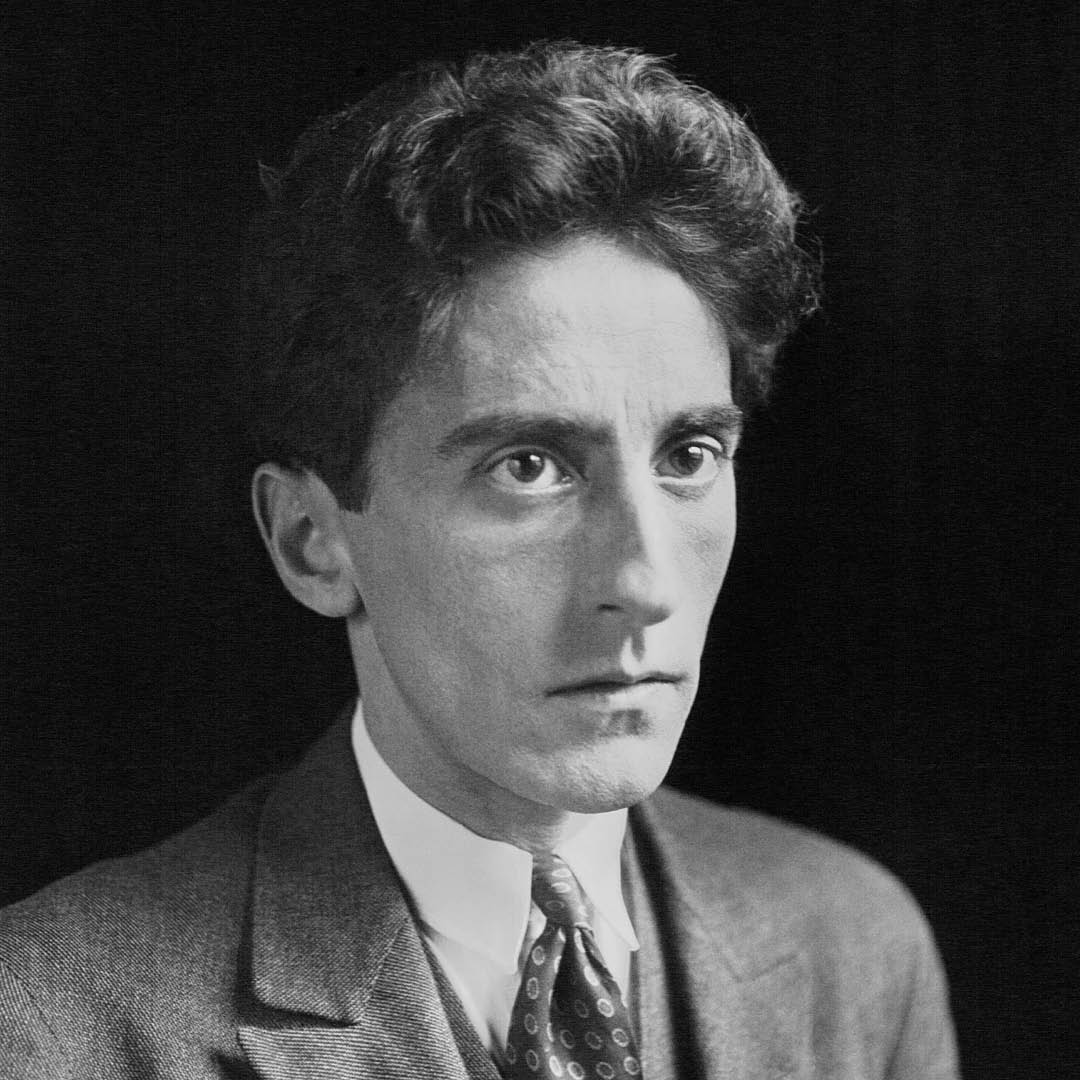
Jean Cocteau was a French poet, novelist, playwright, filmmaker, and visual artist whose avant-garde vision left a lasting impact on multiple artistic disciplines. A defining figure of 20th-century art and literature, Cocteau’s work was characterized by its dreamlike quality, innovative storytelling, and seamless fusion of classical mythology with modern aesthetics. His contributions spanned poetry, theater, film, and the visual arts, cementing his reputation as one of France’s most influential creative minds.
Born in Maisons-Laffitte, France, Cocteau displayed a keen artistic sensibility from an early age. By his late teens, he was already immersed in Parisian literary circles, gaining recognition for his poetry and befriending prominent figures such as Marcel Proust. In the 1910s and 1920s, he collaborated with avant-garde artists, including Pablo Picasso, Erik Satie, and Igor Stravinsky, contributing to the revolutionary artistic movements of the time. His association with the Ballets Russes and Sergei Diaghilev resulted in groundbreaking productions that redefined modern theater and dance.
Cocteau’s literary works explored themes of love, identity, and the supernatural. His 1929 novel Les Enfants Terribles (The Holy Terrors) remains one of his most celebrated works, capturing the complex psychological world of two siblings trapped in an obsessive and insular reality. The novel, later adapted into a film, exemplifies Cocteau’s fascination with poetic storytelling and surrealism.
Beyond literature, Cocteau made significant contributions to cinema. His 1946 masterpiece, La Belle et la Bête (Beauty and the Beast), is considered one of the most visually stunning and innovative films of its time. Drawing from the classic fairy tale, Cocteau infused the film with surreal, dreamlike imagery, creating an ethereal, almost hypnotic atmosphere. The film’s use of practical effects, striking cinematography, and poetic dialogue transformed a traditional story into a cinematic marvel that continues to inspire filmmakers today. Cocteau’s ability to merge fantasy with deep emotional resonance set La Belle et la Bête apart as one of the defining works of magical realism in cinema.
Cocteau also explored mythology and existential themes in his Orphic Trilogy—comprising The Blood of a Poet (1930), Orpheus (1950), and Testament of Orpheus (1960). These films, deeply influenced by Greek mythology, blurred the boundaries between reality and illusion, reflecting Cocteau’s lifelong interest in the mysteries of life, death, and artistic creation.
His artistic legacy extended beyond film and literature; Cocteau was also an accomplished painter and designer. His murals adorn chapels and public spaces across France, showcasing his unique ability to blend the sacred with the surreal. His drawings and ceramics further demonstrated his boundless creativity and refusal to be confined by a single medium.
Jean Cocteau remained a creative force until his death in 1963. His ability to transcend artistic boundaries and craft deeply poetic and imaginative works has ensured his place as one of the most enduring figures in modern art and culture. Today, his influence can be seen in cinema, literature, and visual art, where his visionary approach continues to inspire new generations of artists and dreamers.


